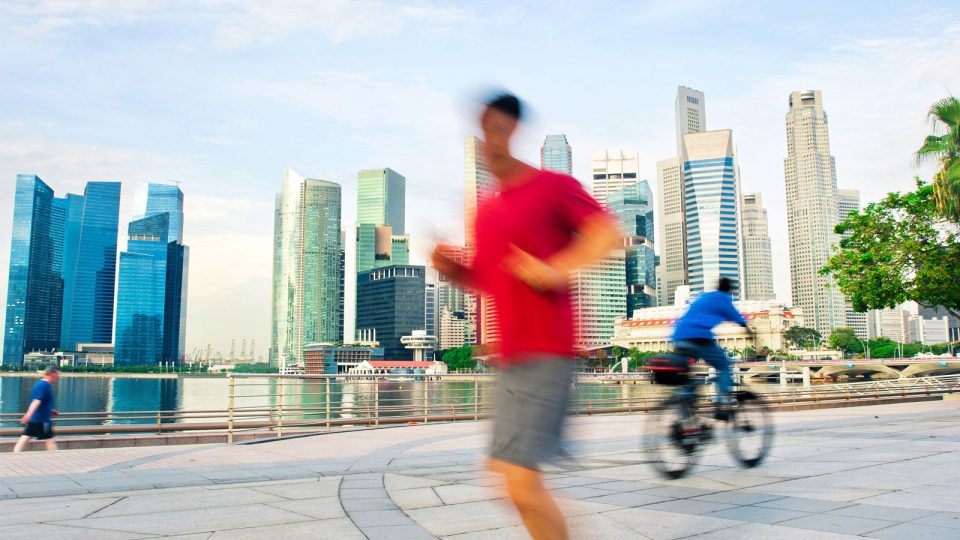If it sometimes feels as though everyone is fighting with everyone – from the moment you turn on your personal device, news broadcast or open a newspaper – you’re not entirely wrong. International conflicts range from warring parties in the Middle East to angry politicians engaged in name calling just about everywhere on the planet.
Individuals from all walks of life are no less angry than nations, armies and politicians. Murders, suicides, road rage and escalated conflicts that often begin with silly, benign incidents can quickly morph into confrontations that have become so commonplace, people react with much less shock than they once did.
Why bring up this list of circumstances that trigger violent episodes in contemporary society? Because we want to give you some perspective on a topic that often dominates urban life: the controversial issue of space sharing between walkers, runners and cyclists.
Do the people of Singapore require United Nation’s-worthy intermediaries to cool things down and reach consensus on the topic of pedestrian/cyclist conflict?
Not if everyone takes a breath and agrees that it’s possible to share space equitably and without conflict—but it’s going to take Herculean efforts to effect needed changes.
What’s behind the conflict?
Let’s start with primal human nature. There’s infinite space in a world that’s growing more crowded by the day, and in Singapore, where dense population meets landmass and finite borders, just about everyone feels that their personal right to navigational space is sacrosanct.
Think about it. You’re off on an exhilarating run along your favourite route as endorphins power your progress making you feel invincible — when a cyclist zooms by in such close proximity, your mood is broken, your knee-jerk reaction is to veer to safety and in that instant, your emotions kick in big time. You’re pissed off. Maybe raging. Who wouldn’t be?
Most people can cite friends and relatives who have had close calls while running, and the larger picture pits an entire society of drivers against pedestrians, walkers against joggers and cyclists against runners. Vicious cycle? It can be.
Add the fact that pent-up stress simmers below the surface in today’s complex, stressed-out society and it can easily become second nature to feel threatened, particularly when one travels areas with dense traffic. After all, biology is destiny and there’s no denying the fight or flight instinct that kicks in when survival mechanisms are engaged.
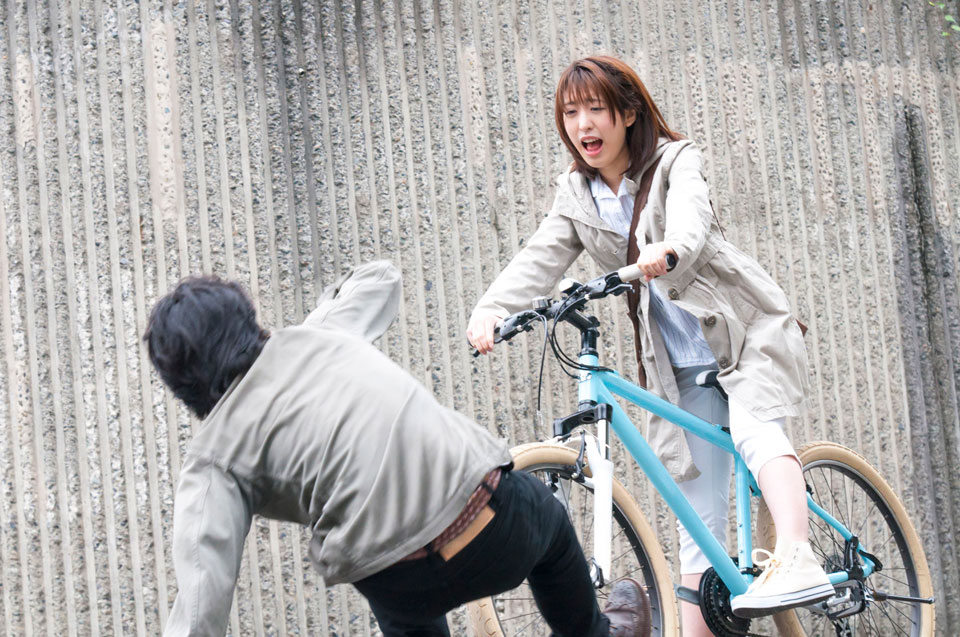
Will allocating dedicated space help?
When Senior Minister of State Desmond Lee, Mayor Dr. Teo Ho Pin and MP Liang Eng Hwa flagged off mountain bikers at the newly opened Chestnut Nature Park in early April 2016, they did more than dedicate a space reserved just for mountain bikers and hikers: They sent a message to Singapore athletes that this area is a safe place for active people to do what they love.
Phase one of the park set aside 1.6km of mountain biking trail and 2.1km of hiking trail that not only gives athletes dedicated space but encourages “greater community stewardship of green spaces.”
Will efforts to craft exclusive space be enough to put an end to the strife that currently exists throughout Singapore when pedestrians and people on wheels encounter each other?
Sadly, no, because too many road users act in selfish, inconsiderate ways, thus dedicated space is just one answer to this dilemma.
As new laws and regulations are enacted to penalize pedestrians, cyclists and drivers to behave sensibly when sharing roads, even social scientists have concluded that navigating Singapore roads in harmony will require radical changes in individuals.
We applaud the government’s ongoing efforts to create new, dedicated areas just for sports enthusiasts and concur that additional regulations and sensible policies are needed to benefit everyone sharing footpaths and roads.
Now, if only Singapore society could find ways to cure rude, selfish, self-involved, angry people who don’t understand the danger they pose to others every time they hit the road.
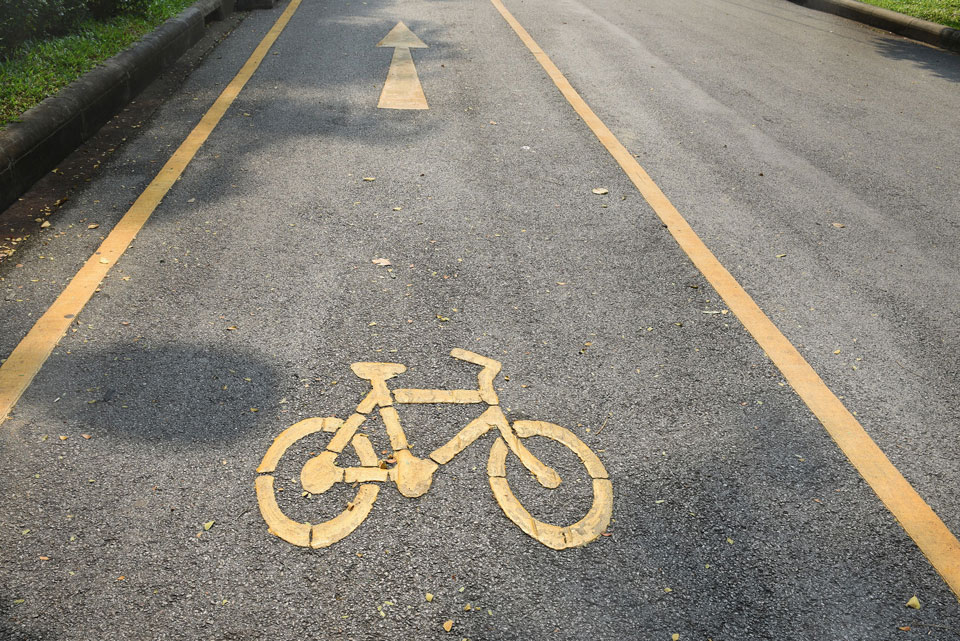
How about making it all about the money?
What impact can money have on mediating current conflict that rages on between motorists and pedestrians? If research is any indication of the power money has over human behaviour, this may be a sensible solution to changing the climate.
If, for example, heavier fines are levied on people who act like bullies, ignore road rules, tailgate, text rather than drive and disregard the feelings and safety of others — and if those fines are increased so substantively, offenders’ wallets would be dramatically tapped for those who habitually break such laws — this could be another solution to making people more responsible for their actions.
Cyclists don’t pay road taxes and maybe they should, so proceeds of these taxes could be used to create dedicated bike lanes that would make both drivers and pedestrians safer.
The recent move by Parliament to deliver stiffer penalties to reckless cyclists whose e-bikes must now be registered has been heralded by many as a positive step forward, but can you put a price on people who have landed in hospital as a result of this amalgamation of people moving forward by foot or on wheels without regard for those in their path?
Ask Kaslyn Tan whose child was struck down by a bicyclist on a park connector trail and you’ll have your answer.
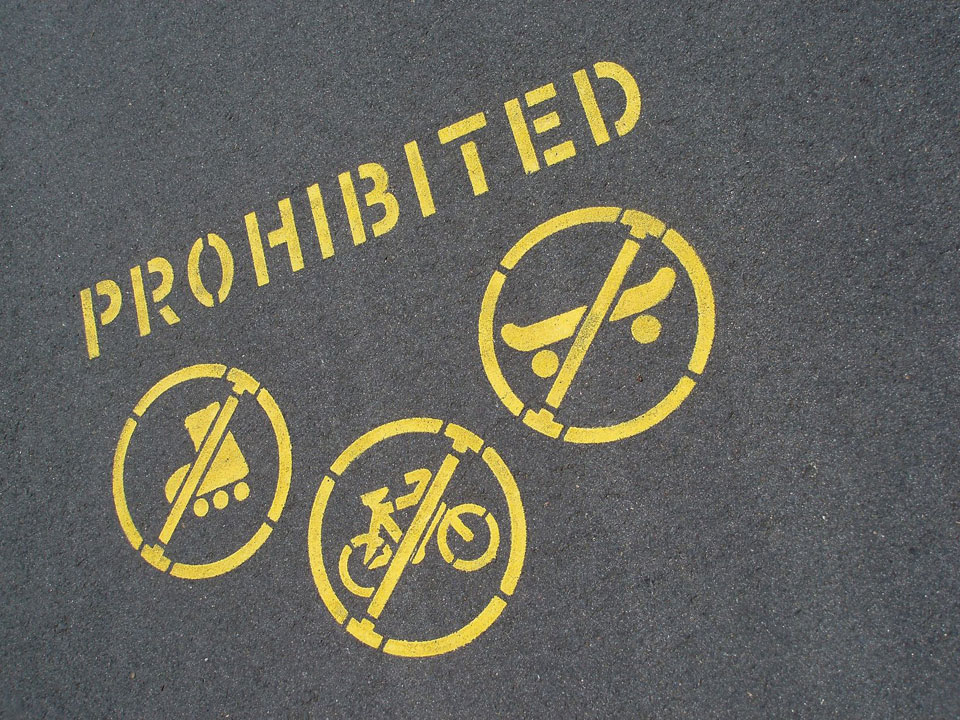
Perhaps the answer is a bigger picture…
According to a recent Parliamentary decision, by the end of 2016, bicycles and mobility devices will be allowed on footpaths, which means that another segment of public domain once reserved exclusively for foot traffic is going to go the way of the Dodo Bird.
This major change isn’t lost on real estate developers who are acutely aware of the perpetual battle that rages between those on foot, on mobile devices and in vehicles.
That’s why there’s a movement currently afoot to incorporate the needs of people who run, cycle and use other devices at the same time plans for streets, buildings and public space are still on drawing boards.
The Ministry of National Development is taking the lead on this trend for multiple reasons, not the least of which have roots in Singapore’s car-free zones that, while met with both cheers and jeers, are slated to be expanded.
Minister Lawrence Wong points to new subdivisions like Punggol, Bidadari and Tampines North where dedicated cycle and walking areas were designated up front and installed alongside buildings so these activity lanes are more than just an afterthought but part of the master plan. Expect more developers to follow suit in the years ahead.
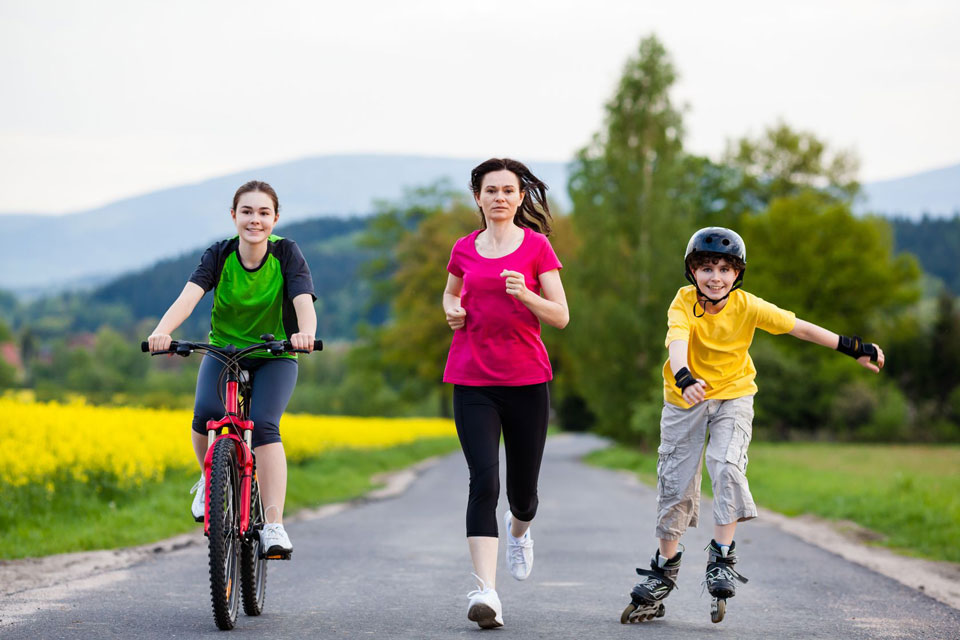
How to protect yourself and your loved ones
Until laws, funds, behaviours and terrain are sorted and Singapore citizens can go about using their favourite method of transport to get where they’re going safely and sanely, there are steps you can take to protect yourself, family and friends should the unthinkable occur.
NTUC Income has recently launched a unique insurance initiative that covers people using just about everything that moves, from feet and electric scooters to bikes, bicycles, hover boards and whatever newly introduced personal mobility devices that happen to come on the market. Singapore insurers recognize the value of this type of policy are following suit by introducing their own plans.
Imagine having just about any circumstance covered: from accidental death and disability to medical expenses and third-party liability, just in case you’re hurt while running, riding, mounting or dismounting vehicles that fall into the category of personal transport devices.
Another option is offered by Etiqa Insurance. The coverage can be obtained by taking advantage of their Personal Accident Plan for Public Places! Run anywhere you like with confidence that you’re getting accident protection at one of the lowest rates in the nation—less than $0.05/day or $1.50/month.
For just the cost of two newspapers, protect yourself, your kids, your spouse or anyone else you worry about. Until other measures mentioned in this article are in place to control people’s behaviours while they travel Singapore roads, paths and streets, this insurance can, at the very least, deliver some peace of mind to policyholders!
Will you sign up for this coverage now that it’s available? Let us know what you think about the idea and whether you believe that harmony between factions mentioned in this article can ever be resolved equitably and fairly!



